“With air support from the IAF, troops led by gallant young officers, the Indian Army recaptured the spurs, ridges and peaks, one by one. While following the news of recapture, my mind boggled: how did our soldiers, against all odds – ill-equipped, ill-kitted, braving blustery winds, scaling uphill at night without night-vision aids and ducking cannonade – reoccupy the heights after fierce gunfight? That they accomplished this unacclimatised simply took my breath away. I cannot but wonder whether anything comes close to this gutsy retake in the history of high altitude mountain warfare. Barring Point 5353, the Pakistanis, with their tails between their legs, exfiltrated by July 26, 1999.” – M.P. Anil Kumar, former IAF fighter pilot
“Like all of India’s wars, the Kargil war was won by the sheer courage and endurance of Indian soldiers, sailors and airmen.” – General Shankar Roychowdhury, former Chief of Army Staff
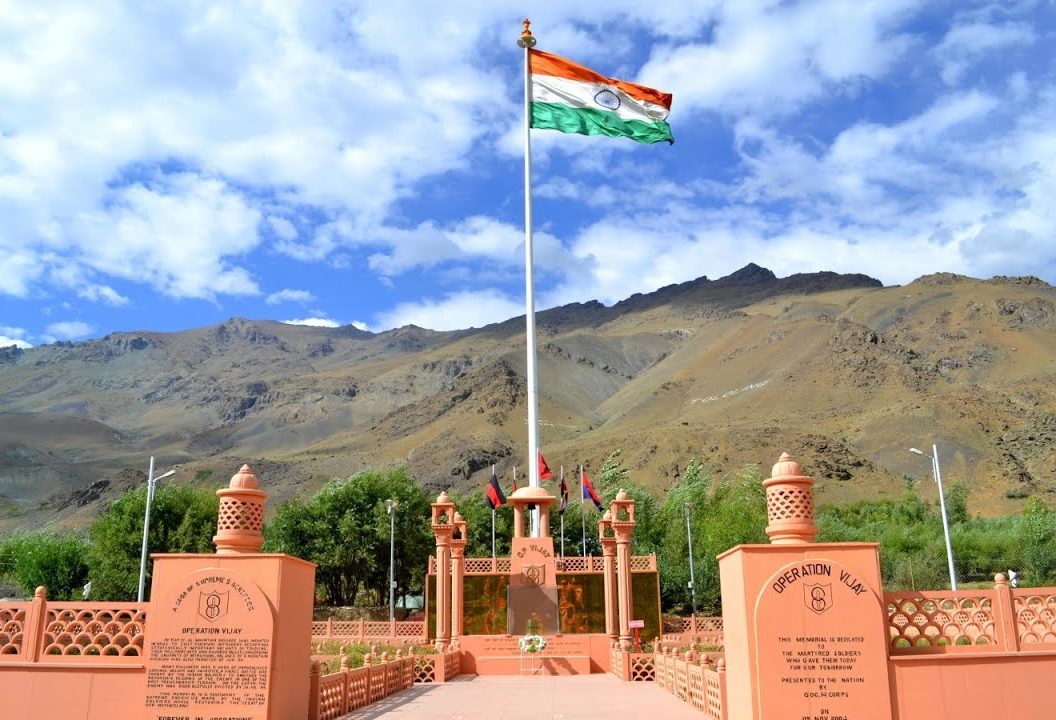
In February 1999, the Pakistan Army launched Operation Badr, with soldiers from its Special Service Group, Northern Light Infantry and Sind Regiment along with heavily armed Afghan mercenaries occupying the posts in Kashmir vacated by the Indian Army at the end of the previous summer. Numbering well over 4,000, these infiltrators established 196 posts at elevations of over 16,000 ft and up to 14 km into Indian Kashmir.
The Pakistanis established fortified dugouts overlooking the Srinagar-Leh National Highway – the main supply route for Indian troops deployed in Ladakh and further north in the strategic Siachen Glacier.
What was Islamabad hoping to achieve? Contrary to general opinion, Kashmir was not even on the agenda, Air Commodore M. Kaiser Tufail reveals. The retired Pakistan Air Force (PAF) officer, who was closely involved in Operation Badr, says the primary goal of Pakistan army chief Pervez Musharraf was to capture Siachen.
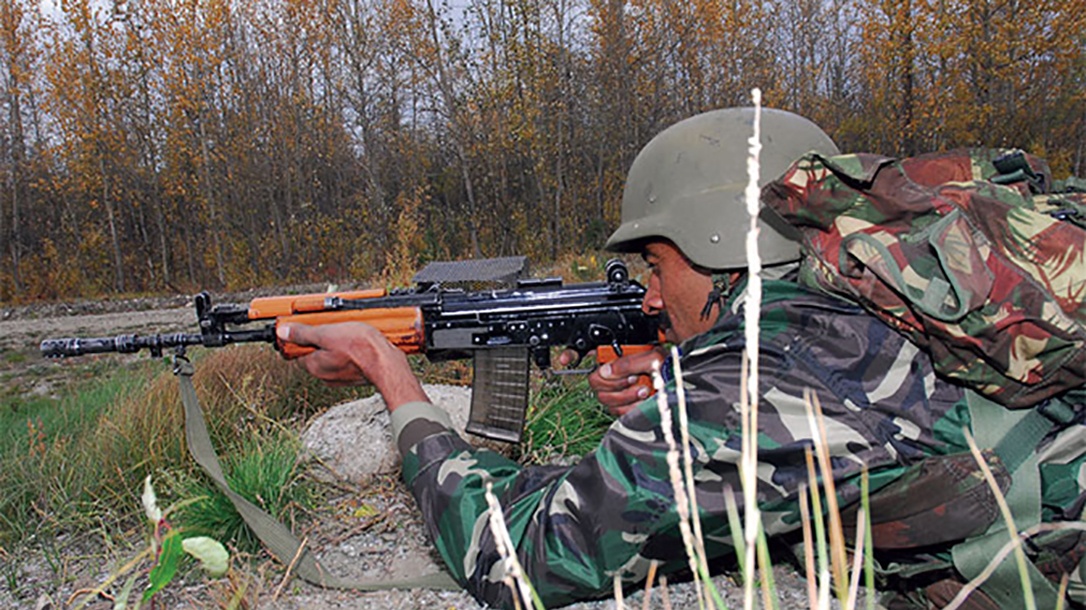
The plan was that by shutting down the Srinagar-Leh highway, the Pakistanis would cut off supplies to the sizeable Indian Army detachment in Siachen. Artillery fire would choke off the Indian soldiers for a month, after which the monsoons would prevent vehicular movement due to landslides. One of the co-conspirators, Lt Gen Mehmud Ahmad, had boasted: “Come October, we shall walk into Siachen – to mop up the dead bodies of hundreds of Indians left hungry, out in the cold.”
In the end, the intellectually challenged Mohajir and his team of cowboy generals – their decision making blinded by delusions of easily defeating the “Hindu baniya” – sent thousands of their own soldiers to icy deaths.
Pakistani writer Khaled Ahmed explains the outcome of Pakistan’s misadventure in a nutshell: “As reports of these gains spread, the media and nation at large in Pakistan cheered. But when the Indian Army responded to this penetration, the Kargil ‘operation’ quickly wilted, revealing glaring flaws in its planning and execution. The troops, trapped in their high-altitude dugouts, were forced to survive on grass before having to surrender. The Pakistan army soon realised the ‘critical problems of logistical stretch’ this operation had presented them with. In its loss, Pakistan had snatched another defeat from the jaws of flawed strategy.”
High Altitude Combat
Kargil happened due to India’s intelligence failure. It took the world’s fourth largest Army weeks to even acknowledge there was large scale grabbing of Indian Territory by heavily armed enemy soldiers. Even as the Army was coming to terms with the fact that it had a colossal crisis on its hands, the IAF chief went on a trip to Europe.
Indian spy satellites that were quickly manoeuvred over Baghdad and took the first images of the American bombing of the Iraqi military HQ in December 1998 were not utilised for monitoring the world’s most infiltrated border. As former IAF fighter pilot M.P. Anil Kumar wrote, “Kargil happened because the agencies charged with intelligence, reconnaissance and surveillance failed to smell what was cooking on the other side of the Line of Control despite Skardu and its precincts turning into a beehive of military activity.”
The intelligence failure was nothing less than monumental. Still, the Kargil war a net win because it led to a string of strategic benefits for India and corresponding setbacks for Pakistan.
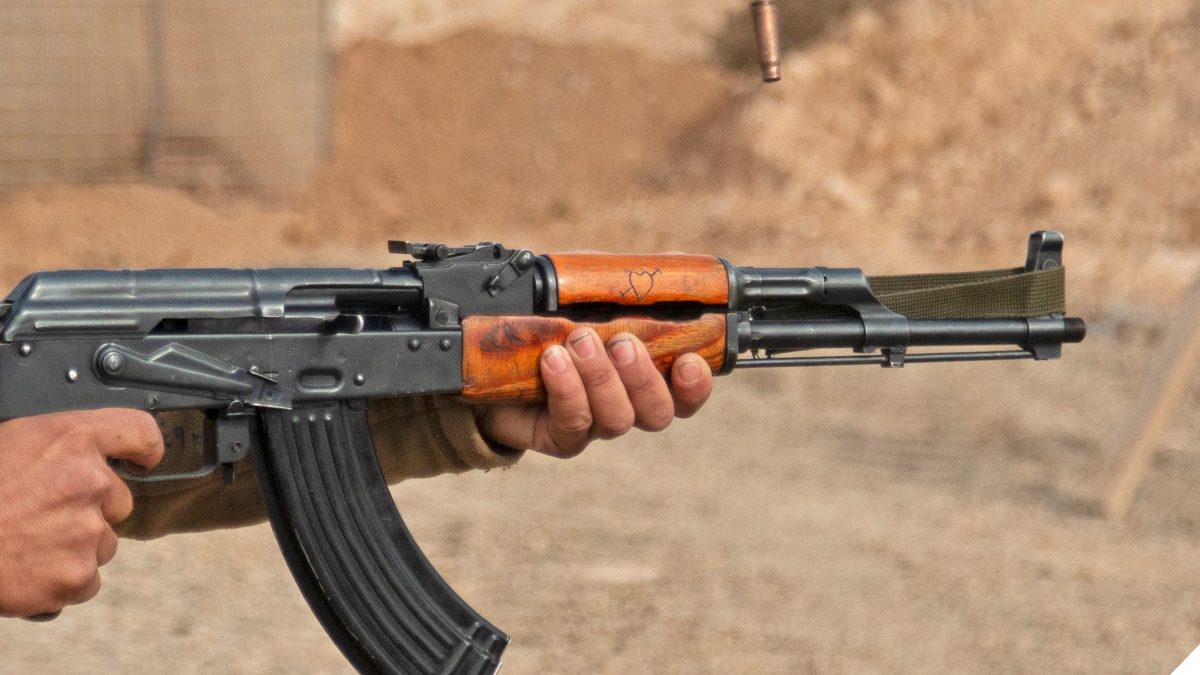
Dismantling the Pakistani threat
Pakistanis are taught from childhood that one Pakistani is equal to seven Indians. Despite getting whipped in 1948, 1965 and 1971, the Pakistan army was able to convince the gullible and largely illiterate population that they are a world beating army. To illustrate, on December 17, 1971, the day after 93,000 Pakistan army soldiers had surrendered and the fighting had ended, here’s what the newspaper Dawn headlined: “War Till Victory.”
But Kargil was different – because it was the first India-Pakistan war that was televised live, the Pakistani leadership could no longer hide its war losses. This severely dented the Pakistani psyche. Former Pakistani federal minister, Lt-Gen (Retd.) Abdul Majeed Malik, who was an insider during the then Nawaz Sharif government, says Pakistan suffered more casualties in the limited Kargil conflict than in the full-fledged 1971 War in which over 8,000 Pakistani soldiers were killed. Sharif later admitted the misadventure led to the deaths of 2,700 soldiers of the Pakistan army’s Northern Light Infantry alone.
Malik says, “India quickly mobilised its Army and Air Force and inflicted heavy damage (on) Pakistan. Had the war continued for another couple of months, Pakistan would have faced more damage. In this tough situation when Pakistan was in no position to fight India in that area, the Nawaz Sharif government initiated the diplomatic process by involving the then US President Bill Clinton and got Pakistan out of the difficult scenario.”
The IAF had deployed 16 jet fighters, mostly MiGs and Mirage-2000s, for carrying out attacks into enemy territory. Although the final clearance to cross the Line of Control (LoC) in Kashmir was never given by the political leadership, the IAF was able to inflict considerable damage on Pakistani forces while operating within the confines of its own airspace.
The IAF’s employment of airpower against Pakistan army positions at Himalayan heights of 18,000 ft – unprecedented in the history of aerial warfare – achieved three key objectives: it ensured an early Indian victory, demoralised the Pakistani military and showed the limitations of nuclear deterrence.
Because of the aerial superiority achieved by the IAF in the war – and later during the 2002 border standoff – the PAF’s “psyche took a big beating”, says a Strategy Page report.
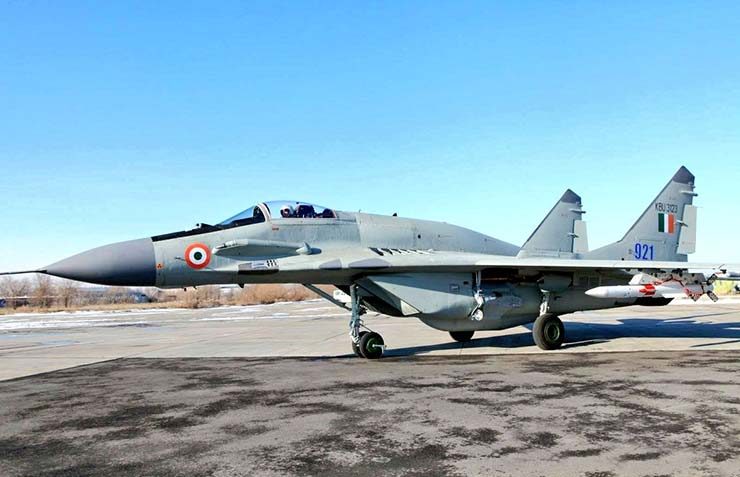
While a number of IAF aircraft took part in the Kargil campaign, it was the cover provided by the MiG-29 Fulcrum armed with beyond visual range (BVR) missiles that exposed the PAF’s plight. “Analyses by Pakistani experts revealed that when the rubber met the road, PAF simply refused to play any part in support of the Pakistan army, angering the latter,” says the report.
“While PAF fighters did fly combat air patrols (CAP) during the conflict, they stayed well within Pakistani air space. On occasions, IAF MiG-29s armed with the deadly R-77 BVR air-to-air missiles were able to lock on to PAF F-16s, forcing the latter to disengage. In the absence of a PAF threat, the IAF was able to deliver numerous devastating strikes on intruder positions and supply dumps.”
The situation changed little during the 2002 border crisis between India and Pakistan. Strategy Page adds: “One Pakistani military expert observed that the PAF’s perceived inability to defend Pakistan’s airspace and even put up a token fight against the IAF was the biggest driver for Pakistani leaders’ warnings that any Indian attack would lead to an immediate nuclear strike by Pakistan. It would be no exaggeration to say that after the Kargil and 2002 experiences, PAF’s psyche took a big beating.”
India was also preparing to widen the conflict. This had echoes of 1965 when Prime Minister Lal Bahadur Shastri sent the Indian Army towards Lahore and Sialkot after Pakistan attacked via Kashmir. To get a sense of India’s readiness for a full-scale assault on Pakistan, an Indian Navy submarine was patrolling off Karachi, waiting for the signal to fire its land attack missiles at the port.
According to Lt General Syed Ata Hasnain (Retd.), former GOC of India’s Srinagar-based 15 Corps, by end of June 1999, the Dimapur-based 3 Corps was already in Northern Command as was the Strategic Reserve Mountain Division. “Their deployment gave Pakistan the shivers of the possibility of India broadening the frontage of contact thus preventing any reinforcement of the Kargil sector beyond the five Pakistan Northern Light Infantry units initially deployed. With the looming presence of these reserve formations and Pakistan ill prepared for a larger war because of the need for secrecy of its Kargil misadventure, it was actually Pakistan which had its throat in a noose.”
Calling the nuclear bluff
Since acquiring nuclear weapons in the late eighties or early nineties, Pakistan has been strutting around like a peacock, telling anyone who would care that it is a country of major significance. With a growing stockpile of 120-odd atomic bombs, Islamabad is projecting itself as a military power that can destroy India within minutes.
Kargil was initiated because of Pakistan’s delusion that it had achieved military parity with India. It started believing that nuclear weapons offered the Pakistan army the perfect shield from Indian military action. This delusion received a painful knock.
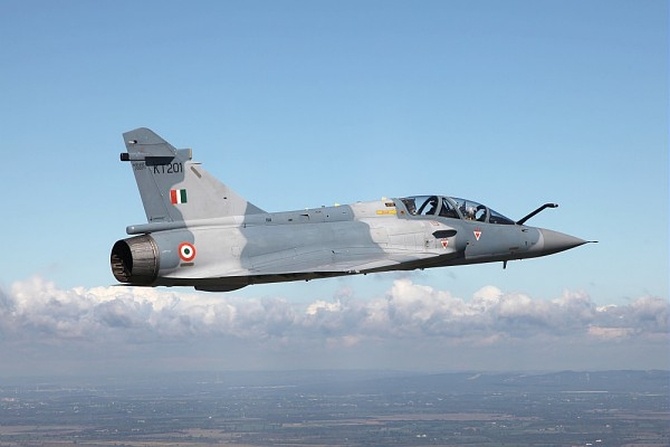
Pakistan’s nuclear stockpile can’t compensate for the massive mismatch in conventional strength. The poorly trained Pakistan army of 550,000 is no match for the 1.2 million soldiers of the Indian Army.
From Pakistan’s point of view, it can keep producing as many nuclear warheads as it wants to, but whether it can actually use them is a totally different matter. While the Indian strategic forces can erase Pakistan off the map with a dozen well-aimed warheads, India is too big to be decapitated by a first strike.
The most telling statement on the Kargil War was made by India’s Defence Minister George Fernandes. In January 2000 he observed that in precipitating the conflict, “Pakistan did hold out a nuclear threat during the Kargil War last year. But it had not absorbed the real meaning of nuclearisation – that it can deter only the use of nuclear weapons, but not all and any war.”
The minister continued: “Elementary reading of history would tell us that thirty years earlier [in 1969] two nuclear-armed neighbouring countries – China and the Soviet Union – had fought a bitter border war across their frontiers. So the issue was not that war had been made obsolete by nuclear weapons, and that covert war by proxy was the only option, but that conventional war remained feasible, though with definite limitations if escalation across the nuclear threshold was to be avoided. China has been emphasising its military doctrine based on the assessment that “local, border wars” would be the pattern in future. India has demonstrated in Kargil that its forces can fight and win a limited war at a time and place chosen by the aggressor.”
The 2019 Balakot strikes – in which 12-14 Indian warplanes entered Pakistani airspace and bombed a terrorist training camp in Khyber-Pakhtunkhwa – vindicated Fernandes’ point.
Paradigm Shift
In the 1948, 1965 and 1971 wars, most of the world was on Pakistan’s side. This was mainly due to India’s proximity to the communist regime in Russia. Pakistan always claimed to be the innocent victim facing a belligerent India, and the India-phobic West was more than willing to back Pakistan.
In Kargil, Pakistan tried the same stunt – but this time the world was aghast at Pakistan’s attempt to play victim and nuclear aggressor at the same time.
The Balakot strikes and the aggression, with which India shelled the Neelam Valley – 30 km within POK – days before Kashmir’s special status was revoked, are a sign of India’s unwillingness to tolerate Pakistan’s low-intensity, low-risk warfare. After almost seven decades of taking the soft approach, India is now taking the war into Pakistan. Kargil exposed Pakistan as a dysfunctional anarchy with a runaway military that plunged Pakistan into a war it could not win. That loss of credibility is seemingly permanent, with not a single country supporting Islamabad over Kashmir today.
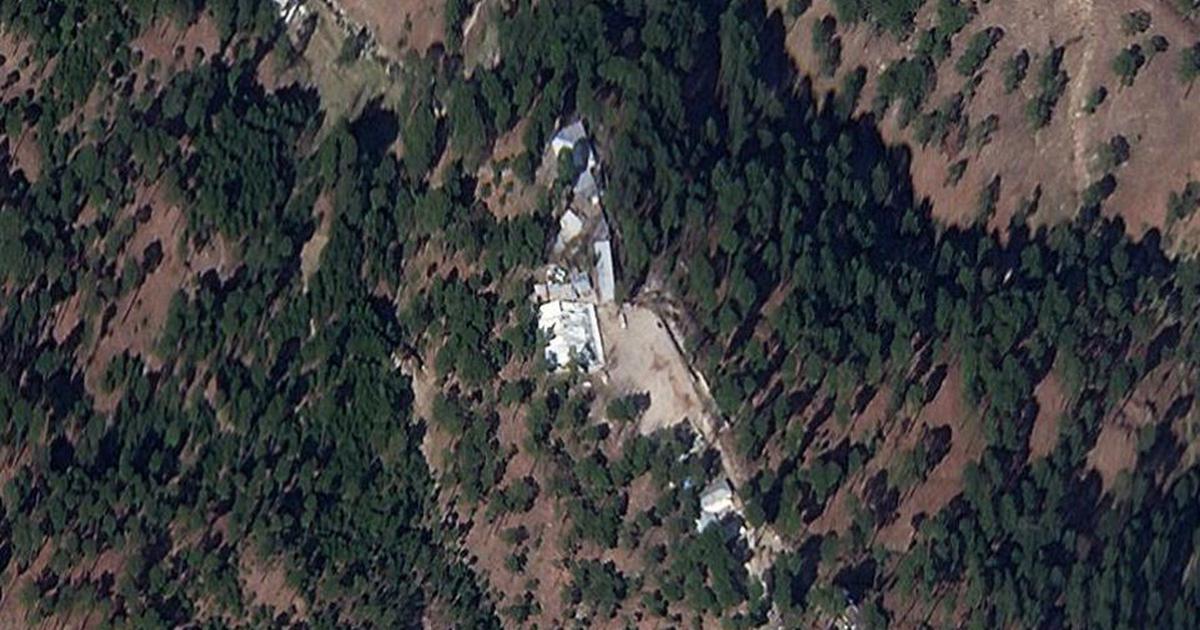
Areas of Concern
On May 28, at the peak of the Kargil War, a formation of four Mi-17 helicopters was tasked to demolish a heavily defended area on Tololing with air-to-ground rockets. Flight Lieutenant Muhilan Subramaniam and his co-pilot Squadron Leader Rajiv Pundir flew the third chopper in the formation. During the strike, a Stinger missile hit Muhilan’s Mi-17 and downed it.
Mi-17s are normally fitted with the Counter Measures Dispensing System (CMDS) – chaff and flares to deflect enemy missiles; it just so happened that the one Muhilan flew did not have the CMDS on board. Flying without defensive equipment, Muhilan and his crew were basically on a suicide mission. All four perished – all for the lack of an inexpensive piece of equipment.
But the saddest aspect of the war was the Indian Army’s outdated tactics. To make up for the shocking intelligence failure, the Indian Army threw large numbers of men against well-entrenched enemy soldiers. It was trench warfare of World War I being played out on the mountains.
India’s decision to limit the scope of operations in Kargil by not crossing the Line of Control despite suffering greater losses in the process was calculated not to enlarge the conflict or provide an excuse to Pakistan to seek UN intervention.
The Army’s outdated tactics and the blunders of the political leadership led to the deaths of 533 Indian soldiers.
Indian soldiers were ill-equipped and lacked night-vision aids as they clambered up vertical cliffs amid gunfire and blustery winds. Their Indian made INSAS rifles often jammed on the icy peaks even as the Pakistanis rained accurate fire on them using the most advanced sniper rifles imported from Europe.
India had to order emergency imports of thousands of Kalashnikov AK-47 assault rifles for the troops and laser guided bombs for the Air Force. How many Indian soldiers would have survived had India’s state owned defence companies been able to manufacture a quality rifle. How many would have returned home to their families had the civilian bureaucracy not sat on weapons procurement files.
Unfortunately, none of those responsible for these criminal lapses was fired. In fact, many of the senior army officers guilty of negligence got promoted. Writes former Air Marshal Ashok Goel: “We have to accept that our political leaders did not show enough foresight, they neglected national interest to gain political advantage. At the same time senior military leadership cannot escape the responsibilities of dereliction of duty in safe guarding the national frontiers. Those who should have been censured were awarded and decorated. We have to come out of that shell of a holy cow attitude.”
Also, changes in military doctrine and tactics would take nearly two more decades to initiate. Meanwhile, the MiGs that were considered ancient in 1999 are still around. Twenty years after Kargil, Wing Commander Abhinandan Varthaman still has to fly the outdated MiG-21.
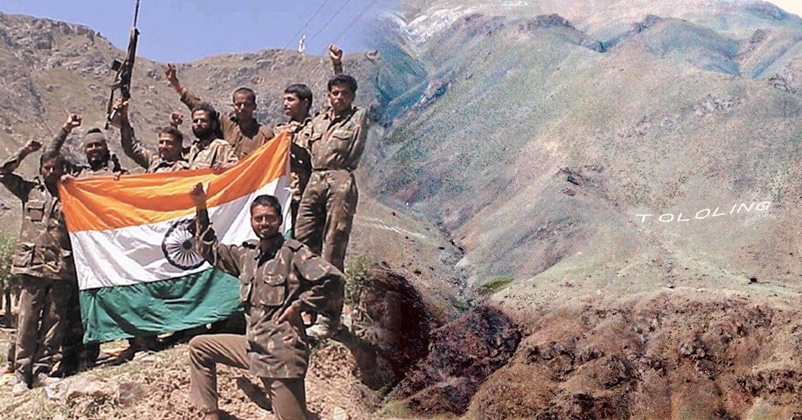
Strategic Spinoffs
Kargil was primarily a damage-limiting operation and no victory was aimed at or obtained. But it did produce a number of spinoffs which need to be exploited. If India is not careful, these gains could be squandered as happened at the 1972 Simla Conference where India gave back 93,000 Pakistan army prisoners of war without getting anything in return.
The Kargil Review Committee, headed by late K. Subrahmanyam, noted in its report in February 2000: “The Kargil campaign is the first one in which a well-coordinated air-land battle on a restricted scale was fought by Indian forces. This is the first step and needs to be built on further. One hopes this will sow the seeds for integrated planning between the two Services. It was no mean achievement for the Army to have concentrated approximately three divisions on the Kargil sector in a short period and launched high altitude operations with several battalions.”
The report also observed that the description of India as “Aa Sethu Himachalam’’ is no longer an abstract concept. “The soldiers, officers and airmen from Kerala and Tamil Nadu were seen by hundreds of millions of people on the screen defending the Himalayan peaks. Never before has the country felt so emotionally united as in these past eight weeks….The Pakistanis who base their policy towards India on the assumption that Indian unity will be unsustainable over a period of time, have contributed to the consolidation of this unity significantly through their Kargil aggression even as they have undermined their own.”
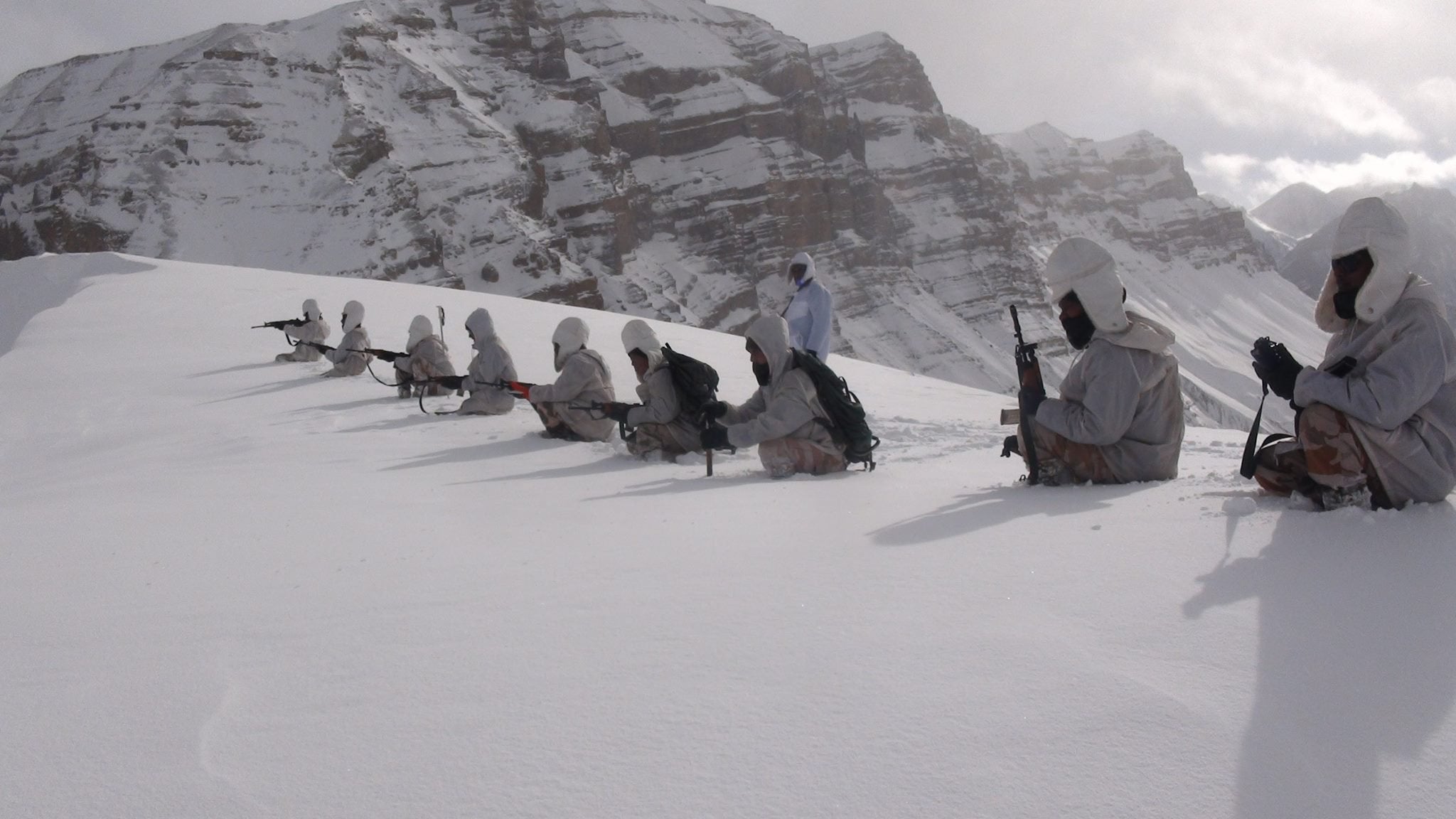
Subrahmanyam recommended the most cost-effective way to prevent a Kargil-type situation in the future: “A credible declaratory policy of swiftly punishing wanton and willful violation of the sanctity of the LoC.”
– The writer is a globally cited defence analyst. His work has been published by leading think tanks, and quoted extensively in books on diplomacy, counter terrorism, warfare and economic development.Views expressed are personal and do not necessarily reflect the views of Raksha Anirveda









